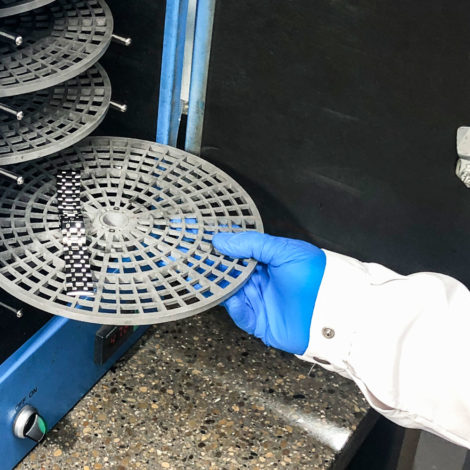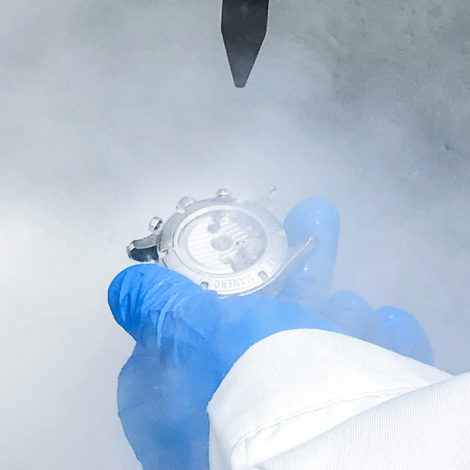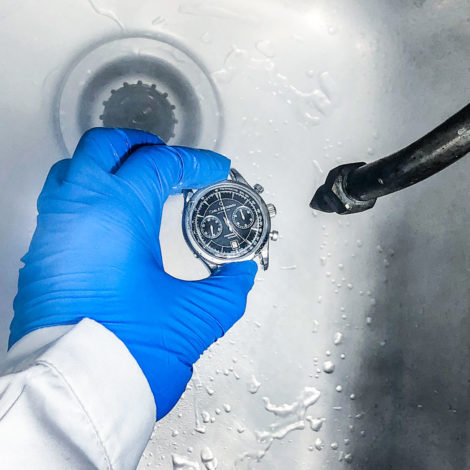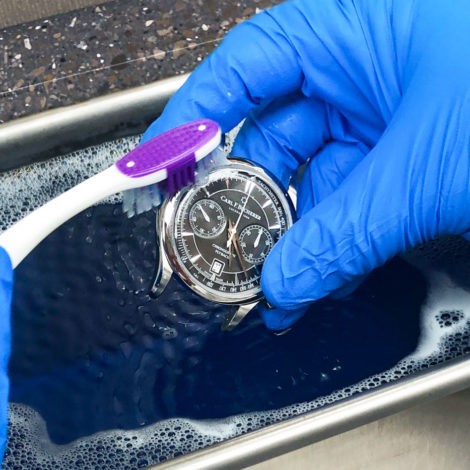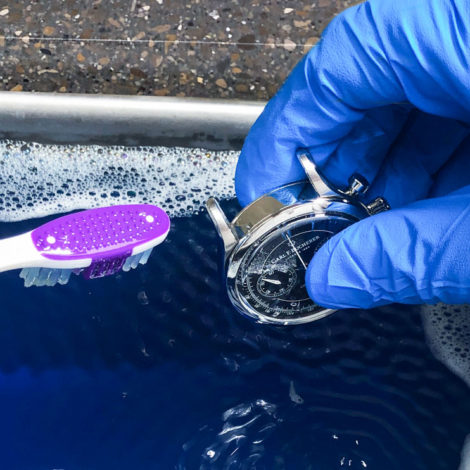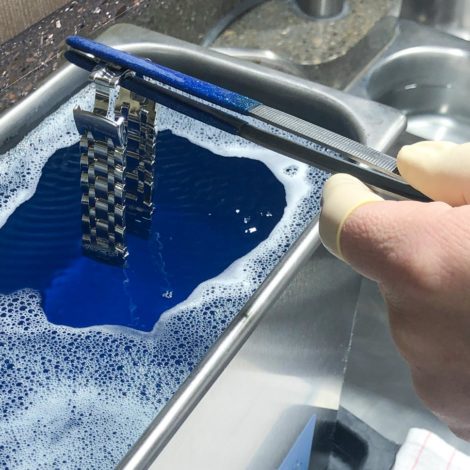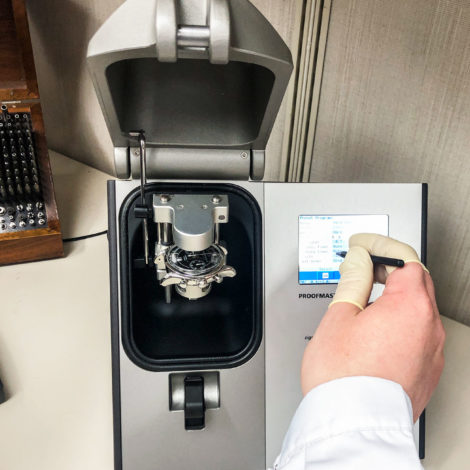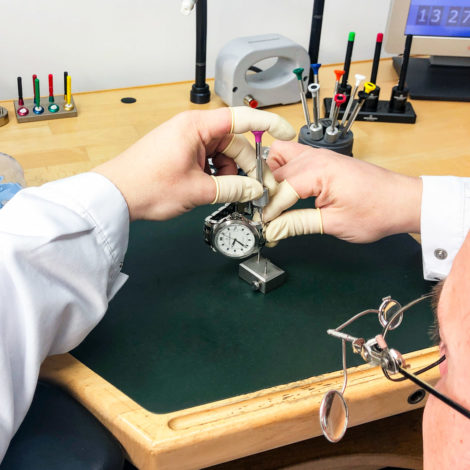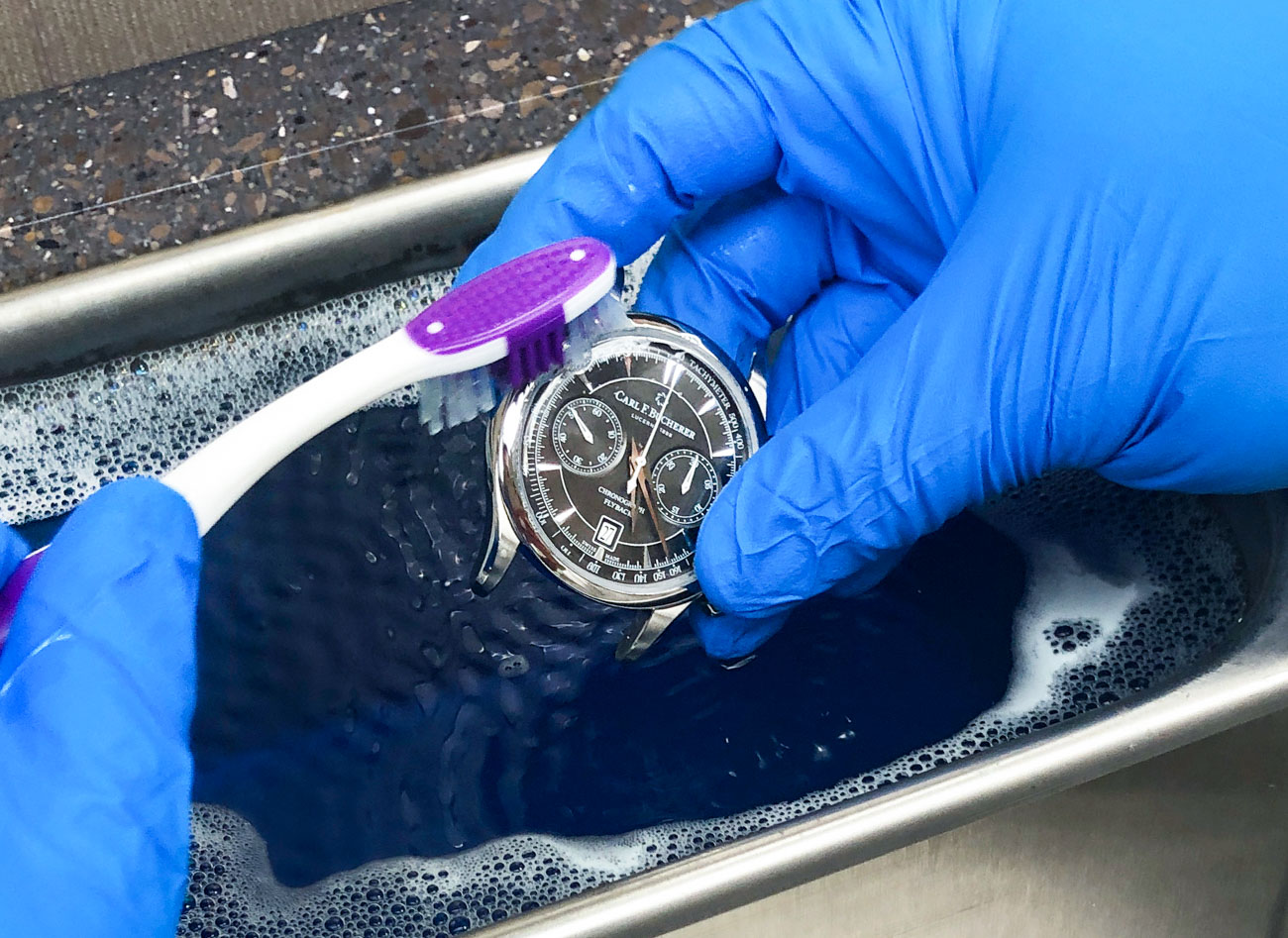
The need to sanitize or otherwise sterilize a wrist watch is nothing new. For years, scientists and medical professionals of all types have had to deal with the fact that their wristwatch (or other wearable objects) are subject to contamination and need to be cleaned from time to time. As I write this article, countless people are concerned about the spread of the COVID-19 coronavirus. More people than ever are interested in protecting themselves from the spread of viruses and other pathogens, so aBlogtoWatch wanted to offer some advice on how to sterilize/sanitize your wristwatch properly.
To answer the question of how to properly sanitize you wristwatch, I decided to ask a respected watch service and repair center here in the United States. Family-operated Stoll & Co. has been working on timepieces since 1982 out of Dayton, Ohio. I felt they would be perfect to help answer the question of how to best sterilize a wristwatch. (Note that the photography in this article is from the Stoll & Co. facility.) Most important in this discussion isn’t so much how to sterilize objects, but rather how to do so on a wristwatch without undue risk of damage or blemishes to such a sentimental and sometimes delicate object. Timepieces are also valuable objects, and it would be a shame if someone ruined their luxury watch when simply trying to clean it. Let’s hear what Emily Stoll, from Stoll & Co. watch repair, has to say about sanitizing your wrist watch:
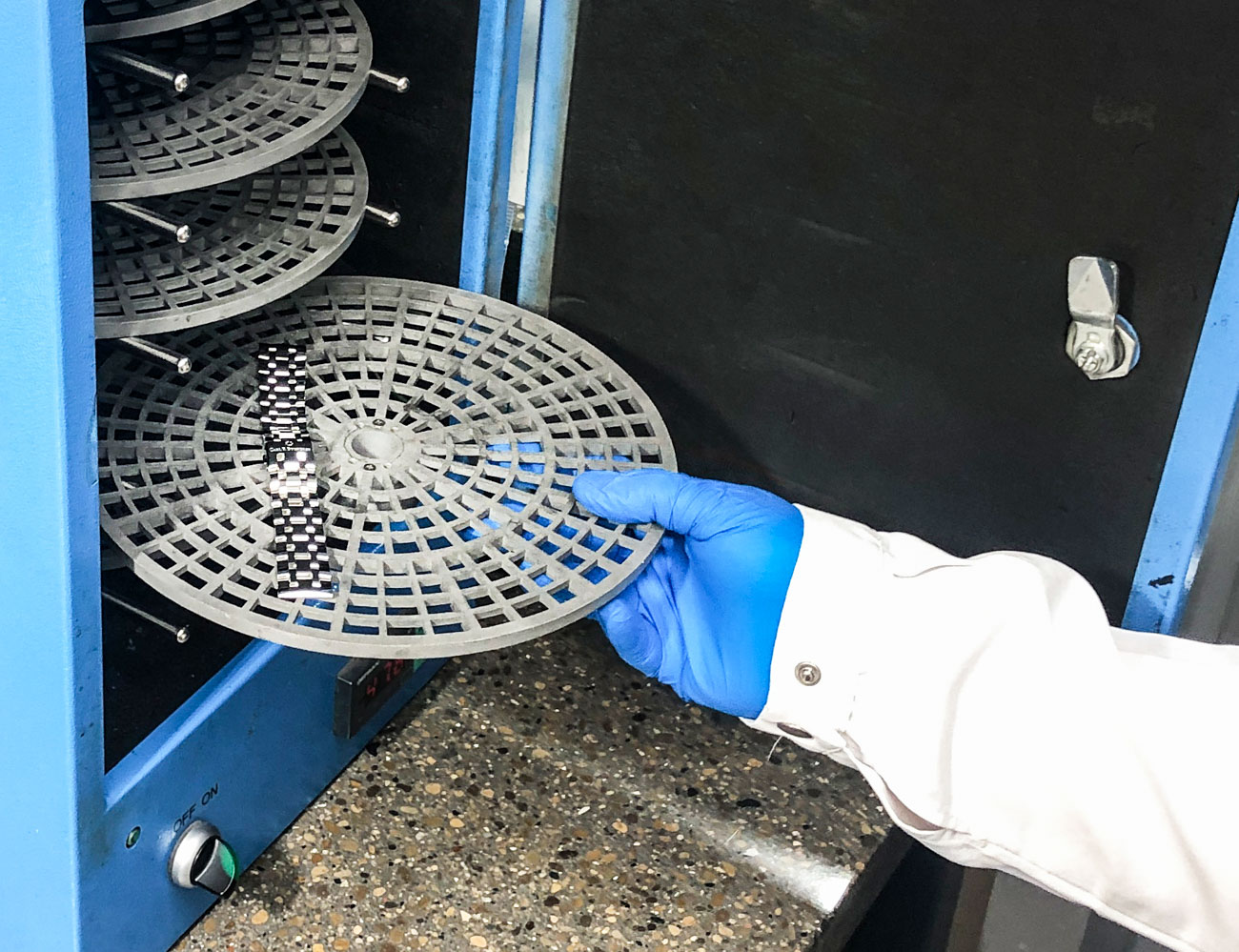 Ariel Adams (AA): If someone fears that their wristwatch has come into contact with a virus or other infectious agent, can their watch be sterilized? Are all watches designed to be sterilized, or are some watches much better choices if their wearer needs to sterilize them from time to time?
Ariel Adams (AA): If someone fears that their wristwatch has come into contact with a virus or other infectious agent, can their watch be sterilized? Are all watches designed to be sterilized, or are some watches much better choices if their wearer needs to sterilize them from time to time?
Emily Stoll (ES): If someone is in fear that their timepiece has been in contact with a virus or infectious agent, they should know that most timepieces can be sterilized, depending on their composition. Most stainless steel and precious metal timepieces with sapphire and mineral crystals will not be affected or compromised by most disinfectants. Caution should be taken, though, if the watch is not water resistant, or if the water resistance no longer meets factory expectations.
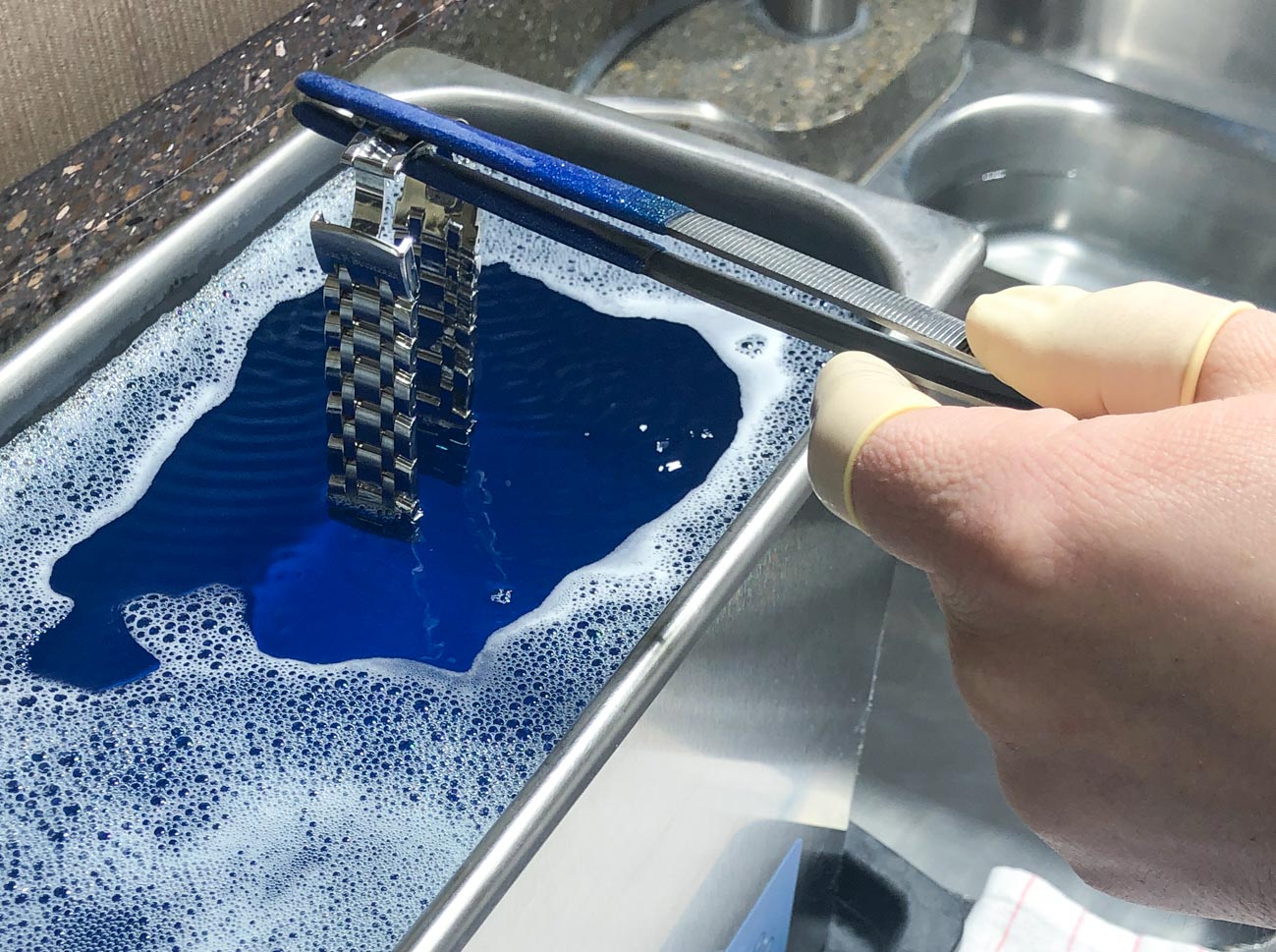
AA: Traditional ways to sterilize objects include rubbing them with isopropyl alcohol or boiling them. While these techniques might very well helps sterilize a wristwatch, they might also damage it in the process. Given that wristwatches are sometimes delicate, and often high-value items, what is the preferred technique used to sterilize them?
ES: To properly sterilize and disinfect a timepiece, it is important to clean the watch of any dirt and debris first before sterilizing it. To do so, if the watch is water resistant, we recommend cleaning the case and metal bracelet with warm water and mild soap with a soft brush. Using water with a temperature above 90 degrees causes risk of the gaskets and seals expanding, compromising the water resistance, and is not recommended. Thus, boiling your wrist watch in water to sterilize it is not recommended because of the damage possible from exposure to such high temperatures.
Once the watch is clean, we then recommend sterilizing it with high grade rubbing alcohol that contains at least 60% alcohol, by applying it to a cotton ball and wiping the surface of the timepiece. Be cautious not to saturate the watch for too long in rubbing or isopropyl alcohol as it could also compromise the gaskets and seals.
It is also important to note if the watch has any other materials such as plastic, ceramic, carbon fiber or any other type of coating, isopropyl alcohol should be avoided and is not recommended on these materials. In that case, it is wisest to stick with soap and warm water as a cleaning solution.
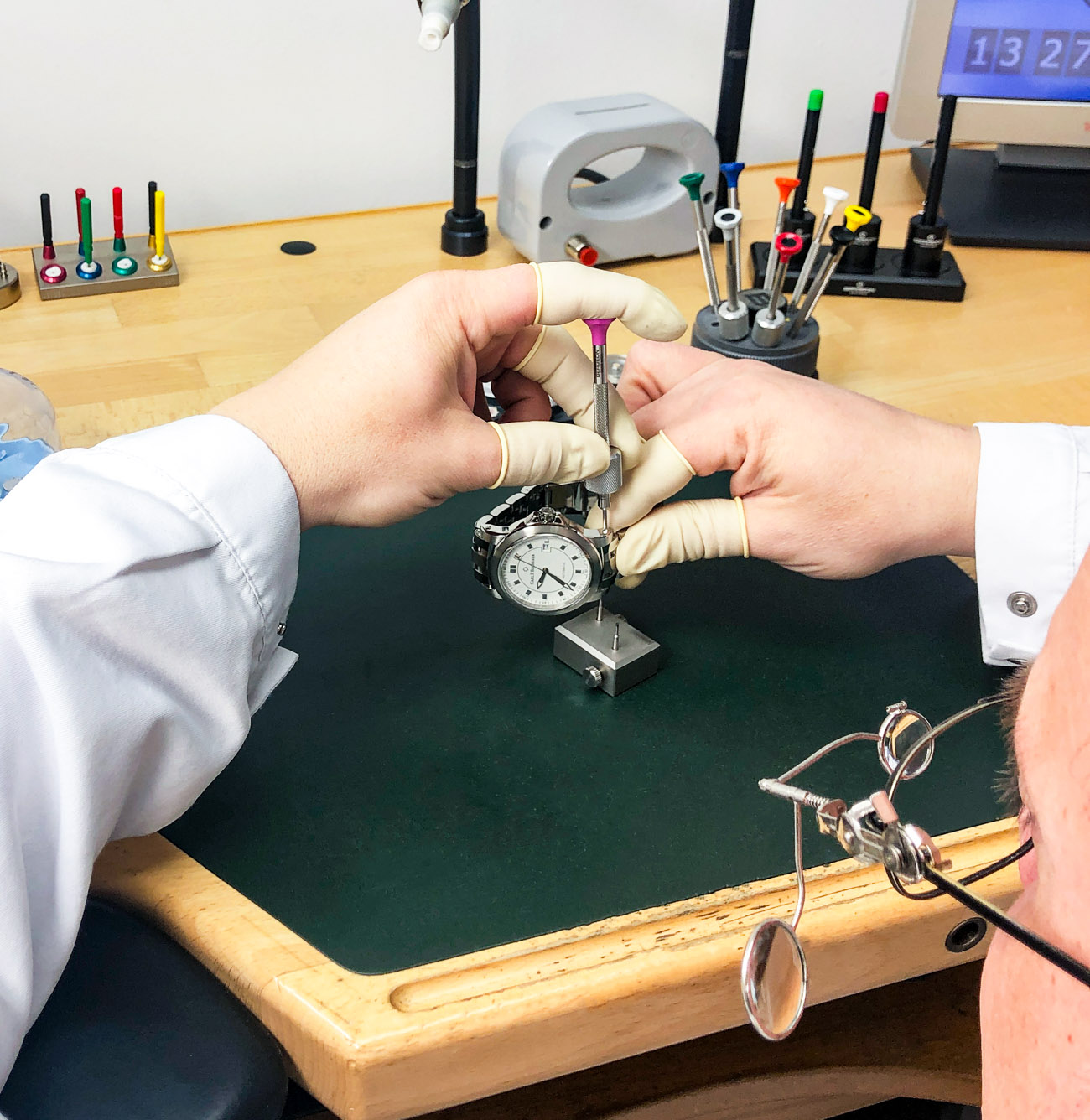
AA: It is understood that you are not a doctor, but are you familiar with any particular watch case, strap, or bracelet materials that are known for their microbial resistance or simple preference by doctors and other working professionals for whom wrist watch sterilization is important?
ES: It is important that professionals in the medical field have and wear watches that are easy to clean and are composed of materials that can be sanitized and disinfected effectively. Stainless steel watches containing metal bracelets where the bracelet is made up of large links, or silicon straps are most desirable. Mesh or braided stainless steel is not as easy to clean and can harbor dirt in the fine spaces between links and should not be considered for this type of work.
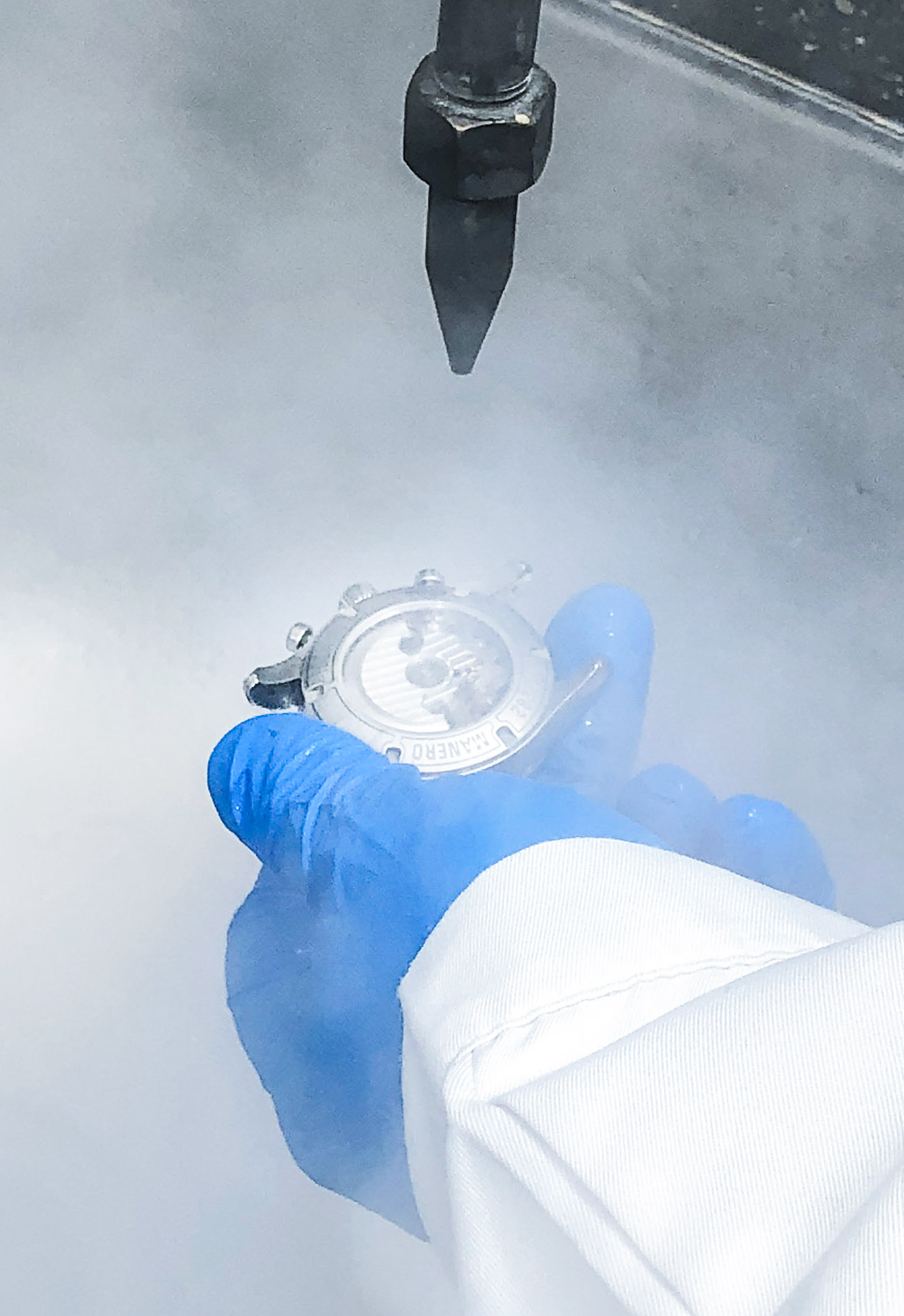
AA: Turning the previous question around, can you think of any watch case, strap, or bracelet materials which would be best avoided if the wearer needed to promote or maintain an sterile environment on their wrist? This also includes materials that simply can’t safely be repeatedly sterilized.
ES: To best promote a sterile environment, it is important to avoid certain materials that can not be easily cleaned, sterilized and disinfected. The biggest concerns are watches with nylon, leather, cloth, or fabric straps. These materials typically can not be cleaned or sterilized without affecting or mutating the material. Other concerning fashions include metal or plastic stretch bands, mesh or braided structures, or woven metals, as they easily collect dirt and debris and are more challenging to clean.
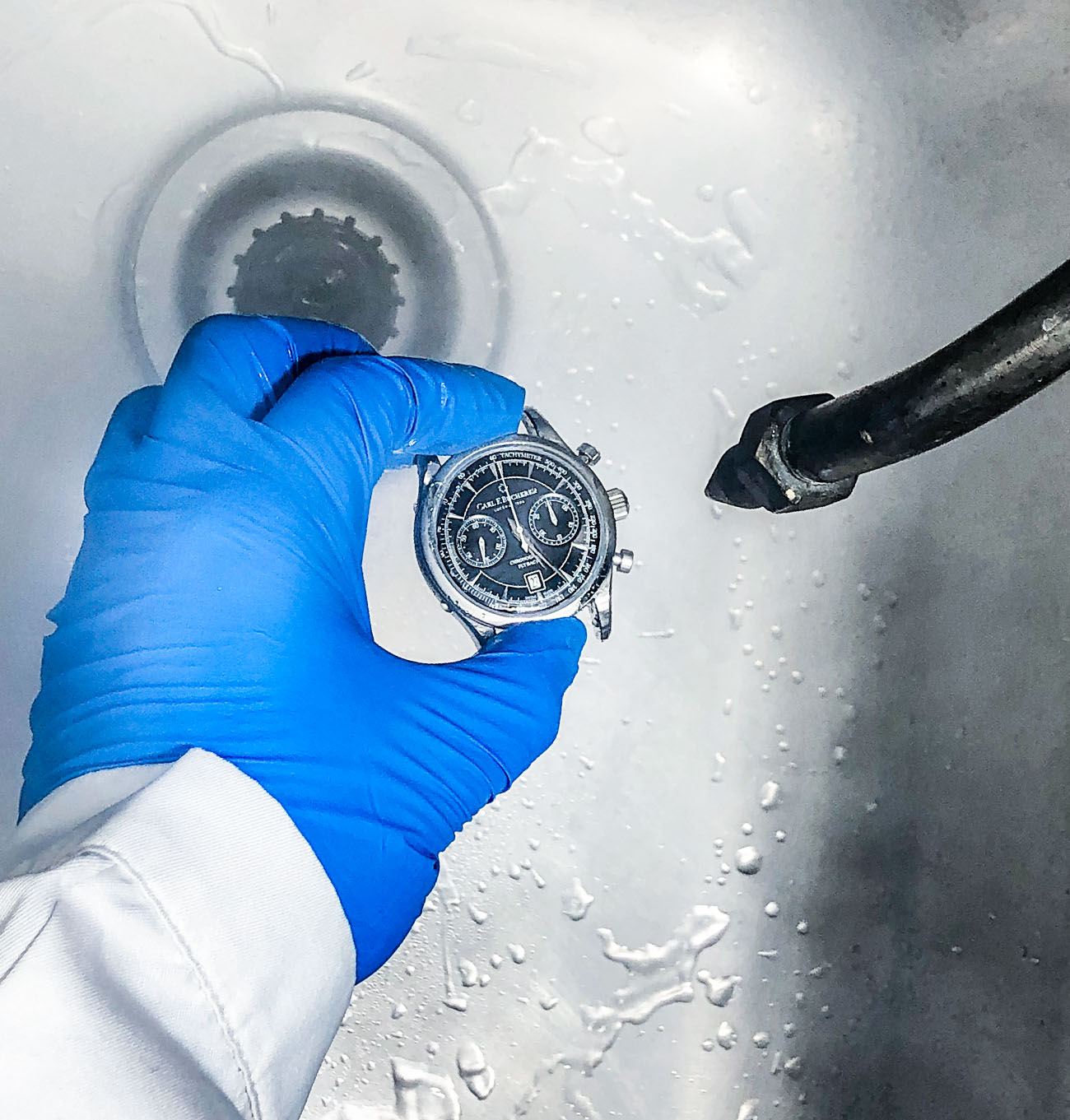
AA: Is sterilizing your wristwatch something you can do by yourself at home? Do you need any special equipment? Can a watch repair service provide watch sterilization services or is that not a something which is typically offered?
ES: Sterilizing your wristwatch is something that anyone can do at home with no special equipment needed. If you are able to get your watch to a proper service center, they can provide a more thorough process of sterilization as they are able to disassemble any components that are prone to holding dirt for a more comprehensive cleaning. Having access to an ultrasonic cleaner and steam cleaning machine also allows for a more precise effort, which most reputable service centers indeed do have.
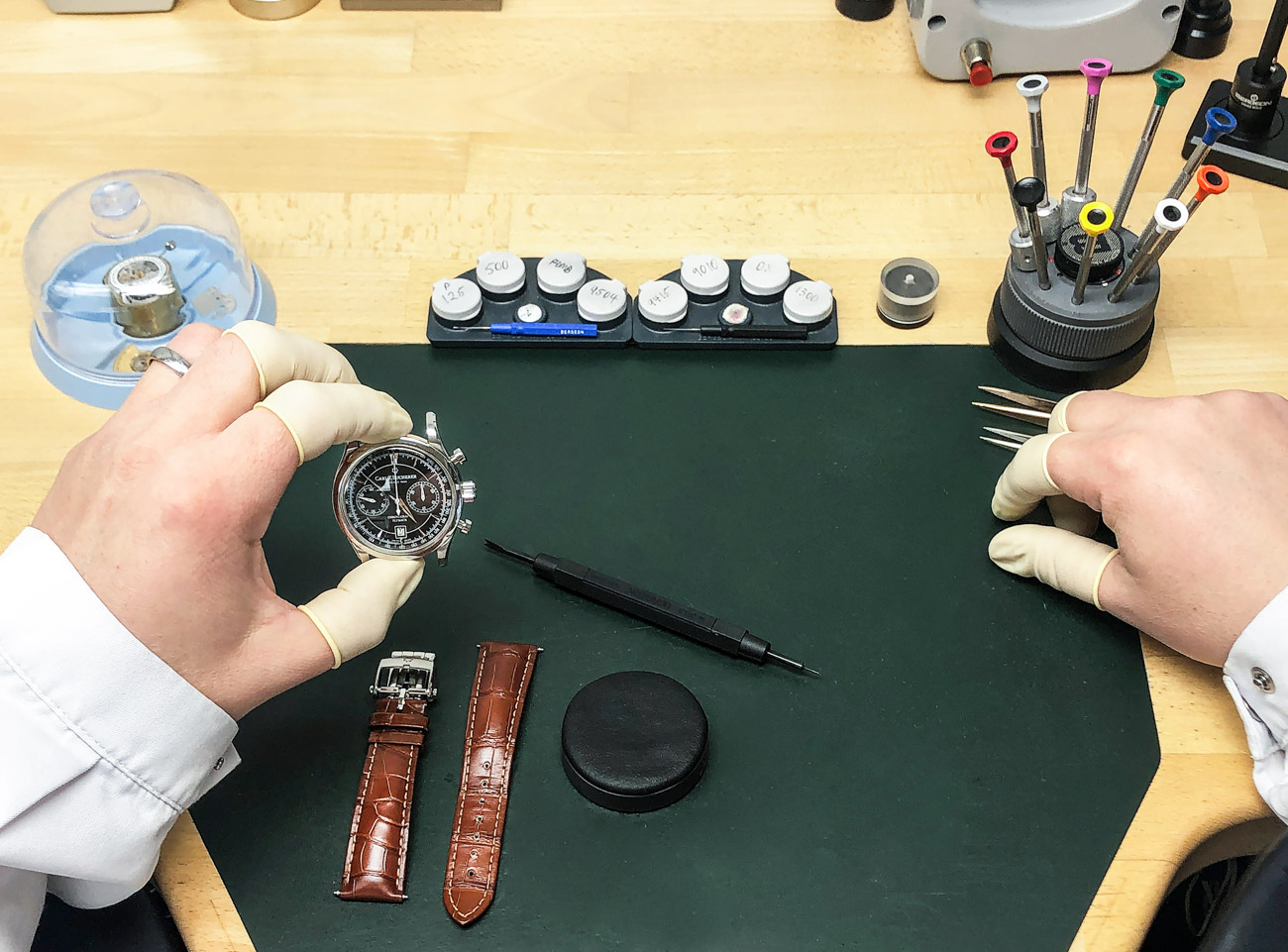
AA: It is easy for someone to grow concern over what might happen, and it does make perfect sense that you wrist watch should be sterile if there is an increased fear of viruses and other infectious diseases. Having said that, in your many years performing professional watch repair and service, how often have you heard of a watch leading to someone catching an illness or have you ever received a timepiece so dirty you wouldn’t even work on it until it was sanitized?
ES: According to the CDC, “Transmission of novel coronavirus to persons from surfaces contaminated with the virus has not been documented” and through my 45 years as a watchmaker, I have never heard of anyone contracting an illness from a timepiece.
Ultimately, timepieces are worn on one of the most exposed parts of our bodies, and are subjected to all kinds of dirt and grime and proper cleaning and sterilization should always be considered.
We have seen a lot of watches come through our shop at Stoll & Co. and one particular watch I will never forget arrived to us after it was swallowed by a dog, and had yet to be cleaned off… It got the full treatment, of course.


